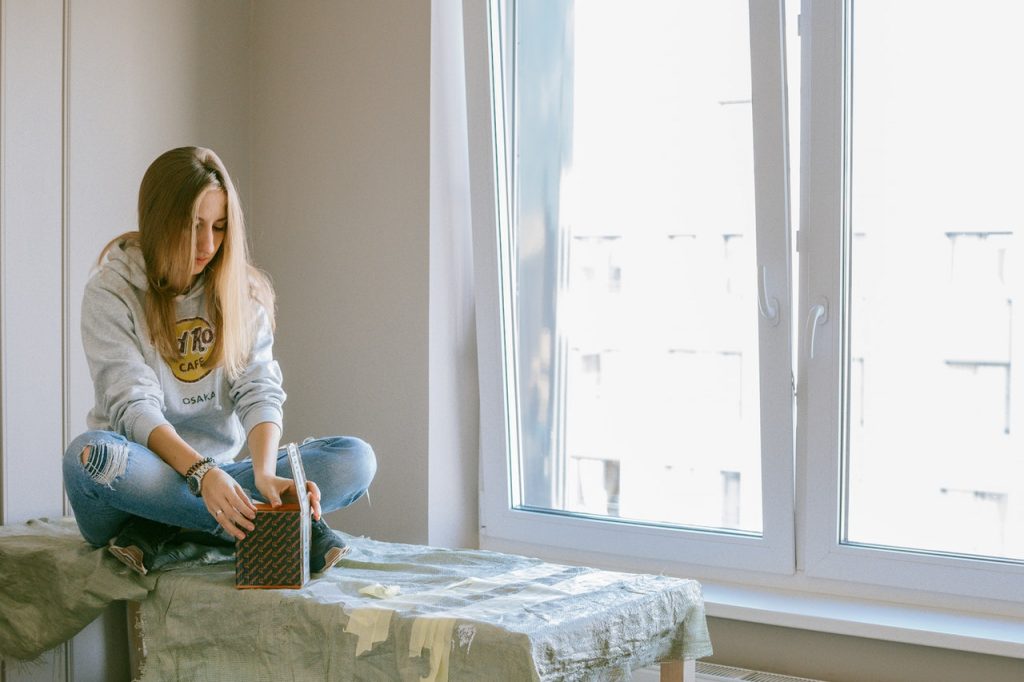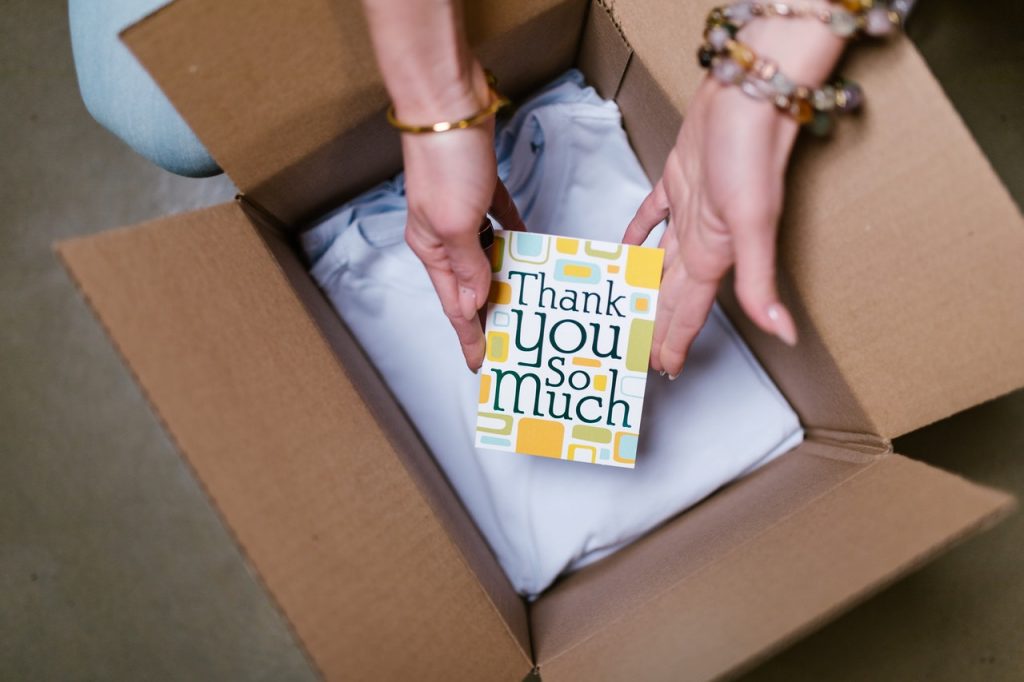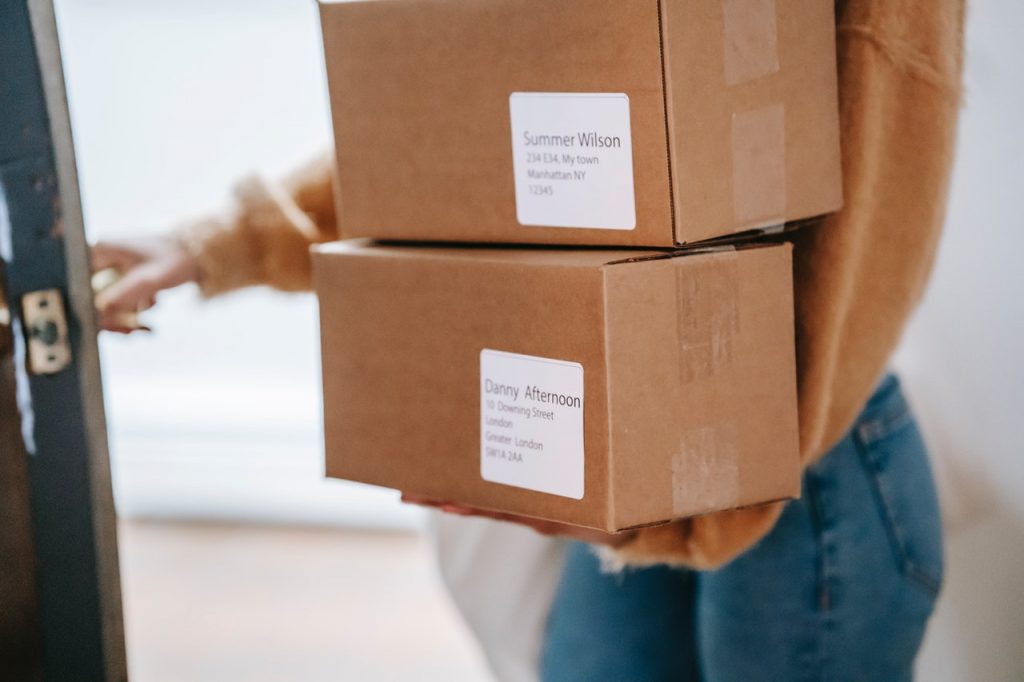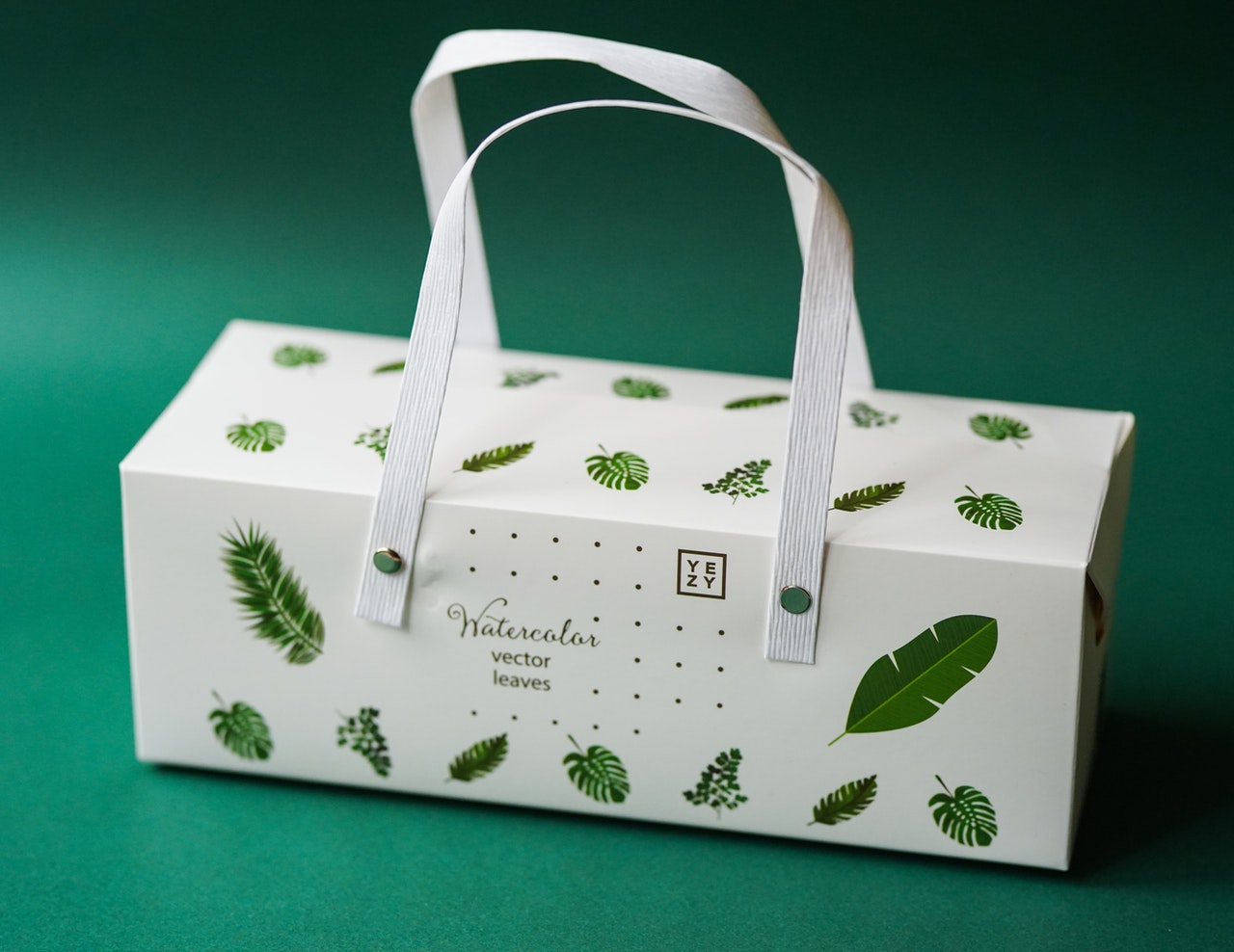Custom Packaging: Great Marketing Tool for Your E-Commerce Brand
E-commerce has evolved from a new and intimidating way to shop to a part of consumers’ daily lives. While online shopping was already on the rise in recent years, the events of 2020 skyrocketed online shopping to new heights, with online retail sales surpassing 4.2 trillion U.S. dollars globally.
Quick Links
This increase in online consumerism is happening in tandem with social media growth. Now more than ever, brands are focusing on their packaging to improve brand awareness and loyalty and meet the demands of an e-commerce framework.
Here are some benefits of using custom set up boxes for your e-commerce business and how to make the most of this branding opportunity.
Create a Customer Experience
When a customer goes into a store, they have an experience. The layout of the store, the lighting, the music, and the featured colors all engage the senses in a way that creates a branded customer experience. Unfortunately, for online retailers, creating a shopping “experience” isn’t possible.
Custom packaging is an opportunity to create a customer experience at home. According to the experts at Deepking Labels, online retailers can accomplish this by incorporating layered elements, such as custom tissue paper, clothing labels, and even drawstring or ziplock bags. The idea is to replicate the tangible nature of the shopping experience.
The Unboxing Event
The unboxing experience is another focal point for e-commerce businesses hoping to perfect their packaging. When a consumer receives their purchase, it should feel like opening a gift. The unboxing experience creates a positive response to what’s inside, even before the consumer sees the contents. As a result, they’re already in a great mindset when evaluating the product.
Using custom packaging to create an unboxing experience also increases social media reach by creating user-generated content (UGC). 75% of marketers consider UGC to be more authentic than company-produced content, with 59.8% recognizing that authenticity and social proof are paramount in social media marketing efforts.
The key takeaway: the better the unboxing experience, the more likely your customers are to share it.
Personalization and Customization
Personalization has been another buzzword in the digital marketing space in recent years. It’s the idea that brands drill down into individual customer behaviors and spark a personal connection.
When putting together your e-commerce packaging, consider how you can incorporate a personal touch. This add-on could be a handwritten note from the team or a printed card with the customer’s name on it. Adding a personal note shows the human side of the e-commerce business.

Design with Returns in Mind
Planning for customer returns may seem counterintuitive— the main goal is for customers to be satisfied with their purchase— but it’s a necessity. The more simplified the return process, the more likely the customer is to order in the first place, and the more satisfied they’ll be with the overall customer service process.
Simplifying Return Packaging
Planning for returns does add some complexity to the packaging process for e-commerce businesses. Ideally, you’ll design packaging that’s easy to open without destroying the shipper. Then, customers can add some tape and use the same packaging to make a return.
Online clothing retailers like Shein use a custom ziplock bag to deliver their orders. This packaging design removes the need to tear open plastic packaging, rendering it unusable. When a return needs to be made, the customer puts the clothing back in the bag and sends it off.
When transporting fragile or larger goods, adding boxes with easy-open tear tabs will prevent ripping that destroys the original box. Keep these considerations in mind when designing packaging— the less frustrating the return process, the lower your costs and higher your retention.

Design for Reusability
Another consideration when designing custom e-commerce packaging is reusability. The FitFabFun subscription box service accomplishes this feat well, with well-structured custom packaging that’s beautifully designed to be kept for storage and further use.
The primary benefit of designing e-commerce packaging for reusability is the long-term opportunity for branding. The longer that packaging remains in use, the longer your brand will be top-of-mind with your customer.
Reusability also contributes to the desire for eco-conscious packaging by keeping your brand out of the landfill for longer.
Be Eco-Conscious
In addition to reusability, it’s also essential to consider the overall eco-conscious nature of your packaging. Millennials have the majority of buying power in the current market, and 73% are willing to pay more for environmentally responsible products.
When in doubt, consider the Amazon packaging scandal. In 2019, this e-commerce tycoon was under fire for using packaging that isn’t recyclable, rerouting millions of pounds of waste to landfills. In 2020, the scandal continued when Amazon would send tiny items in large boxes, contributing to a higher carbon footprint.
While your company’s e-commerce vision might be “become the next Amazon,” be sure that your packaging habits are eco-friendly. Use recycled and recyclable materials whenever possible, cut down on single-use plastics, and create a streamlined fulfillment protocol to minimize your impact on the environment.
Perfect the Size Equation
While using appropriately sized packaging is excellent for the environment, it will also benefit your bottom line. Choose packaging sizes that closely fit the specs of your product. Doing so will minimize the quantity of packing materials required and cut back on storage and shipping expenses.
Finding the perfect size equation can be difficult, especially if you offer a large variety of products. Standardize your packaging as much as possible, and conduct frequent audits on your fulfillment procedures.
Perfecting the size equation goes hand-in-hand with the unboxing experience. Perception is everything in how packaging relates to a product. If there’s any doubt, ask a consumer how they feel about chip bags being filled with air.

Prioritize Shipping Quality
Finally, consider the quality of your packaging throughout the shipping process. You want your product to arrive unscathed, so choosing the right cushioning is essential. How you seal your product and protect the contents from the shipping process is also paramount.
Final Thoughts
Creating custom packaging is an excellent way for e-commerce businesses to improve brand awareness and customer loyalty, ultimately leading to retained customers and better profits. Be strategic when planning your packaging, and keep the customer experience and perception in mind.
How to Use AI-Powered SEO Tools for WordPress eCommerce
SEO is a critical factor in the success of any e-commerce WordPress store. As competition…
0 Comments11 Minutes
Why Short-Form Videos Are the Future of Content Marketing
Your Instagram customers spend over 50% of their time watching short-form videos and reels. Rather…
0 Comments12 Minutes
The Role of Digital Marketing in Business Growth
Online marketing touches every aspect of a business, whether it is initiating the idea or for an…
0 Comments3 Minutes
AI Meets Authenticity: Balancing Automation and Human Touch in Content Marketing
Is your brand starting to sound like a robot? In a world where algorithms write faster than any…
0 Comments8 Minutes
Essential Tools for Enhancing Web Design and UX Hosting
Have you ever visited a website that felt slow, clunky, or confusing? A website that is poorly…
0 Comments11 Minutes
How a Mini Cart Transformed My Store’s Shopping Experience
Okay, real talk—running an online store is hard. You think you’ve got everything figured out, you…
0 Comments9 Minutes
Balancing Your Security Initiatives With Industry Compliance Requirements
Managing a business today comes with a number of daily battles that need to be fought. Resources…
0 Comments11 Minutes
Best plugins to enhance the customer shopping experience
Customer experience is a key part of every online store. A good experience helps customers find…
0 Comments7 Minutes








